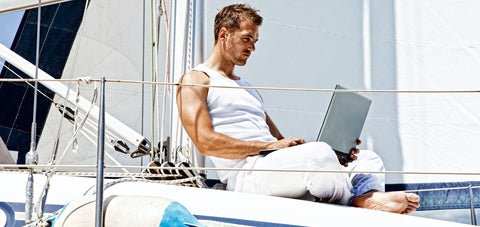Choosing an Anchor Rode: Three-Strand, 8-Plait, or Double-Braided Rope?
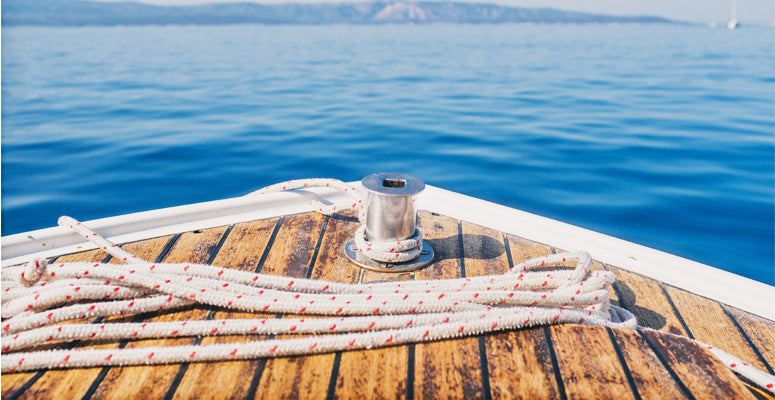
All anchor rode is not created equally. If you've shopped for anchor rode before, chances are that you have seen a variety of different anchor line types and wondered what the difference is. In this article, we will discuss the differences and similarities between the most popular styles of anchor line.
Nylon rope has long been the fiber of choice when it comes to selecting the proper rope for all mooring, docking, and anchoring needs. Nylon rope is strong, flexible, lightweight, and provides elasticity which mitigates peak loads on your anchor and boat. The two most commonly used types of nylon rope are either braided or twisted line.
What's the difference between braided and twisted nylon rope?
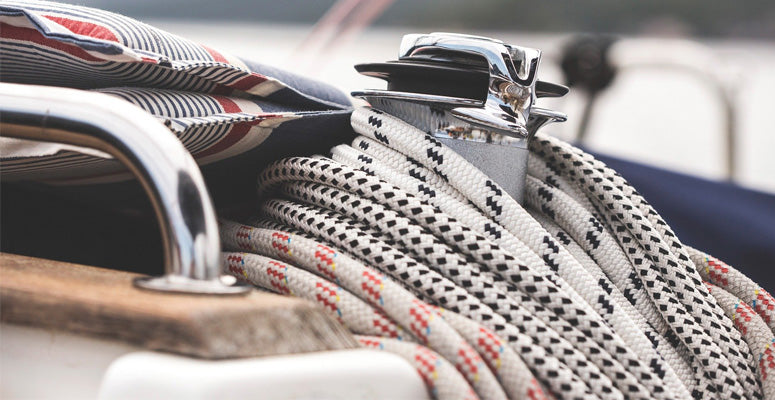
Braided rope is created by braiding together nylon strands into a tube-like braid. Braided rope, such as 8-plait or double-braided line, is stronger and is nicer on the hands than twisted rope, but can be difficult to splice yourself. This means if you're using a windlass and chain, and you are doing your own splicing, you'll probably need to use twisted rope. Twisted rope, such as three-strand line, is created by taking fibers and twisting them into strands, and then twisting the strands into rope. Both types of rope are extremely useful to have on board your boat, but both have their own strengths and weaknesses.
Double-Braided Anchor Rope
 Double-braided nylon anchor rope is ideal for anchor rode setups or other applications requiring strong, abrasion resistant line. Double-braided line consists of 24 braided nylon strands and is generally stronger than twisted line and more comfortable to handle. Due to its construction, this type of line is much smoother on the hands during anchor retrieval and does not tangle easily when being stored in the anchor locker.
Double-braided nylon anchor rope is ideal for anchor rode setups or other applications requiring strong, abrasion resistant line. Double-braided line consists of 24 braided nylon strands and is generally stronger than twisted line and more comfortable to handle. Due to its construction, this type of line is much smoother on the hands during anchor retrieval and does not tangle easily when being stored in the anchor locker.
PROs
- More flexible than three-strand and 8-plait
- Offers the most overall strength
- Easier on the hands
- Offers excellent abrasion resistance
- Falls into the anchor locker much easier than twisted rope - optimal for shallow anchor lockers
- More sturdy in the long run
CONs
- Difficult to splice (local marine shop can do this for a small fee)
- Features less stretching capabilities than twisted rope
- Damage to the outer sleeve will impact overall line strength
Three-Strand Anchor Rope
 Three-strand twisted nylon anchor rope is a great option for most anchor rode setup, mooring setup, or nearly any other application requiring a strong and versatile line. Three-strand rope provides excellent elastic properties allowing the line to stretch under load. This ability to stretch helps keep a set anchor in place as the boat jerks and shifts the taut anchor line.
Three-strand twisted nylon anchor rope is a great option for most anchor rode setup, mooring setup, or nearly any other application requiring a strong and versatile line. Three-strand rope provides excellent elastic properties allowing the line to stretch under load. This ability to stretch helps keep a set anchor in place as the boat jerks and shifts the taut anchor line.
PROs
- Most economically priced vs double-braid and 8-plait
- Easy to splice to anchor chain
- Provides great elasticity for more secure anchor setting
- Still retains decent overall strength if one strand is damaged
- Chafe-resistant
CONs
- May stiffen over time especially when used in saltwater
- More prone to tangling in the storage locker
- Coils loosely, taking up more room in the anchor locker
- Jams more frequently at the windlass
- Not as strong as double-braid
8-Plait Anchor Rope
 8-plaited braided nylon rope is another strong and versatile line that improves on some of the ease-of-use and handling characteristics of three-strand rope. 8-plait uses 8 individually braided strands woven together that allow the rope to retain its strength while also allowing the rope to be a bit more relaxed.
8-plaited braided nylon rope is another strong and versatile line that improves on some of the ease-of-use and handling characteristics of three-strand rope. 8-plait uses 8 individually braided strands woven together that allow the rope to retain its strength while also allowing the rope to be a bit more relaxed.
PROs
- Same tensile strength as three-strand rope
- More absorbent than three-strand rope means the line will be heavier and will fall into the anchor locker more efficiently
- Less prone to becoming stiff over time
- Has less stretch than three-strand rope so it will not bury itself as deep in the gypsy when overloaded
CONs
- More difficult to splice than three-strand
- Not as strong as double-braided rope
- Does not feed through the windlass as smoothly as double-braided rope
Which Anchor Rope is Compatible With My Windlass?
Each windlass requires a specific type of anchor rope. Trying to use the wrong line with your windlass can lead to equipment damage and failure. Most Lewmar windlasses call for either three-strand or 8-plait rope, while Anchorlift windlasses often require Anchorlift branded double-braided anchor rope. To find the exact type of rode your windlass accepts, it's important to check the manual that corresponds to your unit. If you've misplaced your manual, a quick google search or a glance at our Anchor Rode Identification Guide should provide the specifications you need.
Published
Recent Posts
Windlass Problems? Common Issues and How to Fix Them
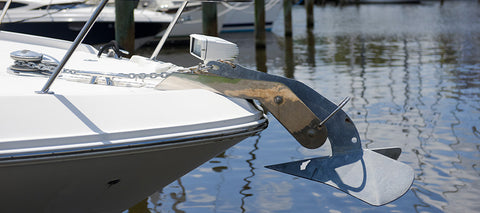
Let's look at common issues with windlasses and how to address them:
1) Windlass Won’t Run in Either Direction
2) Solenoid Clicks, but Windlass Won’t Move
3) Windlass Lacks Power to Haul the Anchor
4) Rode Gets Jammed or Doesn’t Come In
Our history: a 20 year journey
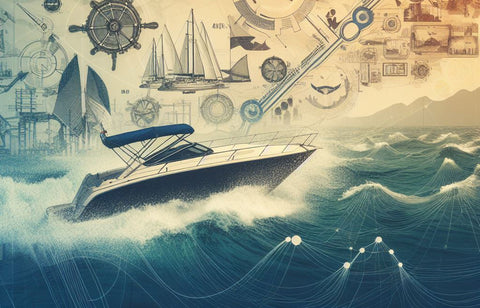
Boat Cleaning Tips for Anglers: Keeping Your Vessel Spotless and Pristine
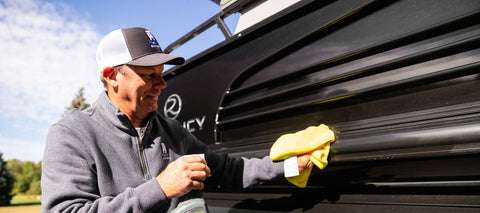
Avast, Ye Mariners! Master the Art of Docking: A Swashbuckling Guide for Boaters
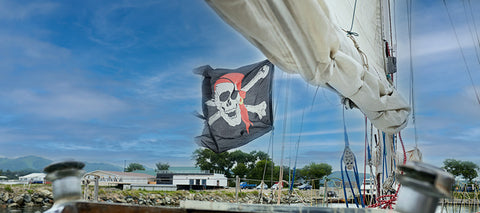
Top Reasons to Keep a Boating Maintenance Log
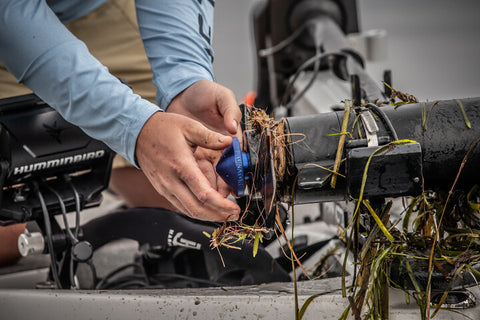
4 Top Tips for Buying a New-to-you Used Boat
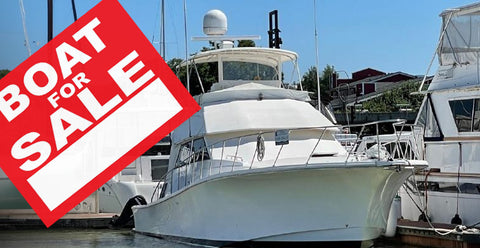
Bent Boat Anchor Shank: Common Causes and Prevention Tips
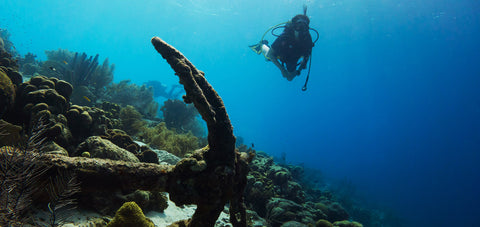
Prepare Your Boat For An Above Average Hurricane Season
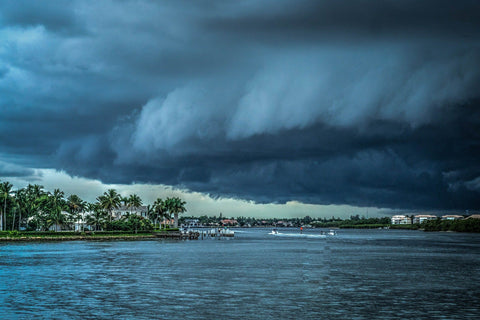
Best Methods For Anchoring Your Jet Ski in Deep or Shallow Water
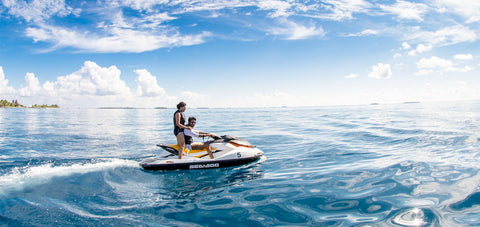
Best Options For Connecting Your Boat To WiFi Internet
